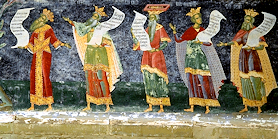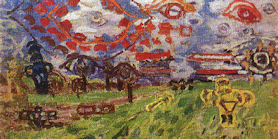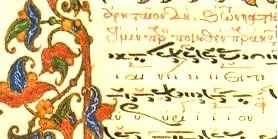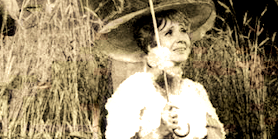The Romanian Academy Institute of Art History has a multidisciplinary structure. The scope of its research includes Romanian mediaeval art, Byzantine art, folklore, modern art, architecture, the theatre, music and film, as well as Romanian art in foreign collections and European art in Romanian museums. 2009 saw the anniversary of 60 years since the institute was founded. The research and analysis carried out by the successive generations working here throughout this time can be seen in joint volumes, books, articles in specialist publications. The institute's high profile in the scientific community is due to contributions to international encyclopedias (Saur Allgemeines Künstlerlexikon, Grove Dictionary of Art etc.), the curatorship of international exhibitions, conferences attended by guest speakers from Europe and the U.S. Further recognition was given by the institute's affiliation to RIHA (International Association of Research Institutes in the History of Art).
Objectives. In Romania, art history does not enjoy the same status and tradition that it has in Western and Central Europe. Significant gaps have been covered by the pioneering work of exceptional individuals (such as Alexandru Odobescu, Ollănescu-Ascanio, Theodor Burada), and by the sustained effort of scholars before and after WW2. Nonetheless, there is an apparent lack of reference books in today's bibliography. Therefore, one priority is the writing and publication of encyclopaedic reference books, dictionaries of artists, monuments, art collections and art collectors, lists and indexes. The development of comparative research and the monographic research of insufficiently explored currents in Romanian art are two other main objectives.
Academic and cultural involvement. The staff of the Institute of Art History are frequently asked to serve as expert members in specialist commissions of the Ministry of Culture, the Ministry of Education, the Romanian Cultural Institute, or artists' societies. Many of them lecture as invited professors or doctoral supervisors; they edit academic journals, write for cultural publications, or serve as judges in various festivals. Specialists in the visual arts often work as curators and contribute to the editing of albums and catalogues.




